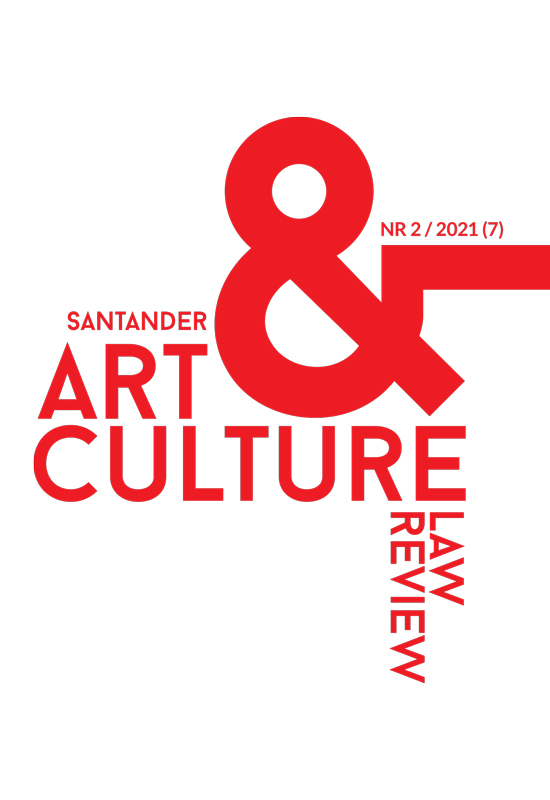On the Borderline – Using National and International Legal Frameworks to Address the Traffic of Pre-Columbian Antiquities between Mexico and the United States
On the Borderline – Using National and International Legal Frameworks to Address the Traffic of Pre-Columbian Antiquities between Mexico and the United States
Author(s): Claudia S. Quiñones ViláSubject(s): Law, Constitution, Jurisprudence, Fine Arts / Performing Arts, Criminal Law, International Law
Published by: Wydawnictwo Uniwersytetu Jagiellońskiego
Keywords: antiquities; illicit trafficking; art market; cultural property protection; legal frameworks
Summary/Abstract: This article examines legal provisions and remedies for illicitly trafficked pre-Columbian antiquities, focusing on Mexico and the United States of America (USA), to determine gaps and areas for improvement. These two countries provide an interesting contrast, as they are contiguous neighbours but have different legal systems and approaches to the protection of cultural property. Nonetheless, Mexico and the USA have a history of fruitful cooperation in the recovery and return of pre-Columbian cultural objects under both domestic and international frameworks, such as bilateral agreements and cultural heritage conventions. In particular, as a country that accounts for nearly half of all global art market transactions, the USA is uniquely placed to act as a gatekeeper for pre-Columbian antiquities and serve as an example for the effective protection of foreign cultural property seized within its borders. However, while the examination of Mexico and the USA provides a useful case study, the illicit traffic of these objects should not be viewed in isolation or characterized as solely a regional problem. Globalization and the international nature of the art market require a more expansive view of the subject, while still taking countries’ legal and cultural specificities into account. A balanced and holistic approach will help increase the effectiveness of both national and international remedies; this will improve the legitimate market as a whole and curb illicit trafficking. By tackling the problem at both ends of the supply chain and increasing visibility, the possibilities of success shall rise.
Journal: Santander Art and Culture Law Review
- Issue Year: 7/2021
- Issue No: 2
- Page Range: 51-76
- Page Count: 26
- Language: English

